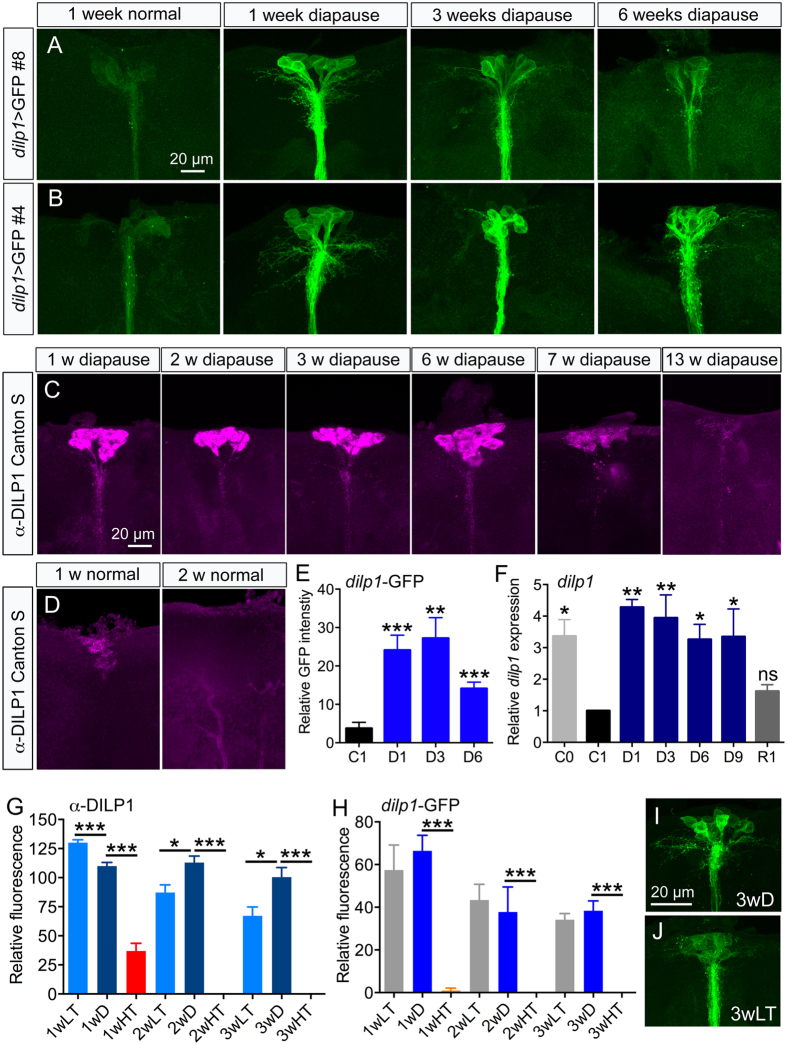Figure 3. DILP1/dilp1 remains expressed during adult reproductive diapause.
(A,B) Two dilp1-Gal4 lines #8 (A) and #4 (B) were used for analysis of GFP expression during diapause. In contrast to 1w old flies kept at 25 °C and 12L:12D, GFP expression remains high over six weeks of diapause. (C) In Canton S flies DILP1 immunoreactivity could be clearly detected until 7 weeks of diapause. (D) Under normal conditions no DILP1 immunolabeling was detected after 2 weeks. (E) Relative dilp1-GFP fluorescence in cell bodies of IPCs in 1 week controls (C1) and flies diapausing for 1, 3 and 6 weeks (D1–D6). Data are presented as means ± S.E.M, n = 7–15 flies for each time point from three crosses (**p < 0.01, ***p < 0.001, compared to C1, unpaired Students’ t-test). (F) Relative Dilp1 transcript levels monitored by qPCR display a similar temporal profile. Newly-eclosed flies (C0) display high expression of dilp1, a decrease is seen in one-week-old flies kept in normal conditions (C1), whereas it remained high over 9 weeks of diapause (D1–D9). Flies that had recovered for 1 week (R1) after 3 weeks of diapause displayed control dilp1 levels (C1). Significance values are shown for comparisons with C1. Data are presented as means ± S.E.M; n = 3 replicates with 10–15 flies in each (*p < 0.05, **p < 0.01, ns – not significant, one way ANOVA followed by Dunnett’s multiple comparisons test). (G) DILP1 immunofluorescence levels in Canton S flies exposed to 11 °C and 12L:12D (LT) compared to 11 °C and 10L:14D (diapause conditions; D) and 25 °C and 10L:14D (HT) over 3 weeks. Both LT and D treatment induces high DILP1 levels, but not HT. Data are presented as means ± S.E.M, n = 7–12 flies from three replicates (**p < 0.01, ***p < 0.001, compared to D, unpaired Students’ t-test). (H) Using the same conditions and monitoring dilp1-GFP levels yield similar results. Data are presented as means ± S.E.M, n = 6–7 flies from three crosses (**p < 0.01, ***p < 0.001, compared to D, unpaired Students’ t-test). (I,J) Representative images of dilp1-GFP expression in flies kept three weeks in diapause conditions (3wD) and low temperature only (3wLT).

